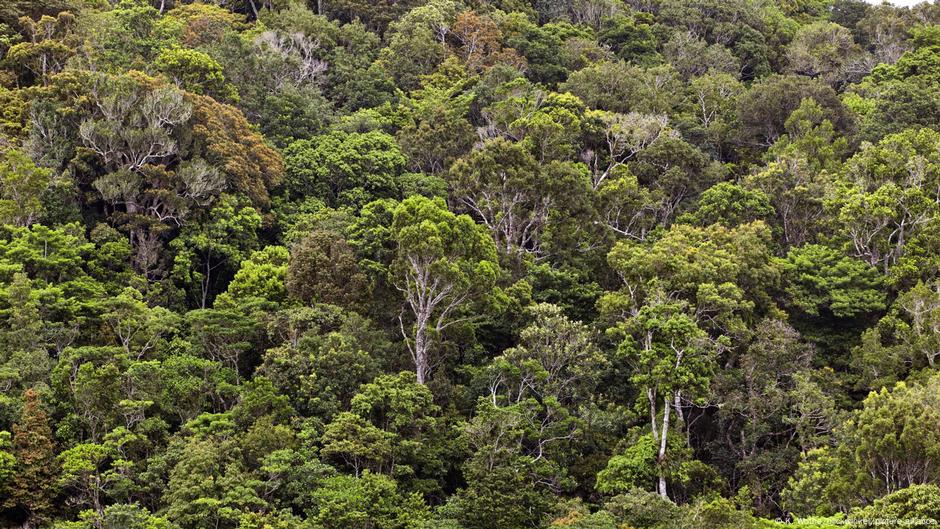US Scientists Uncover Trillion-Microbe Secret in Trees

New Discovery Reveals the Hidden World Inside Trees
A groundbreaking study has uncovered a surprising fact: healthy trees contain more than one trillion different bacteria, fungi, and viruses within their trunks. This discovery highlights the existence of complex microbiomes in trees, which could provide valuable insights into forest health and the broader implications of climate change.
The research, published in the journal Nature, involved sampling DNA from 150 trees across 16 species, including oaks, maples, and pines. The results revealed that each tree hosts a unique microbial community, adapted to its specific environment and role within the ecosystem.
Microbiomes in Trees: A New Perspective
Jon Gewirtzman, a co-author of the study from Yale University, emphasized that these microbial communities have evolved alongside the trees themselves. "Our study shows that each tree species hosts its own distinct microbial community that has evolved alongside the tree," he explained.
Katie Field, a plant biologist at Sheffield University, who was not involved in the research, described the findings as a significant shift in how we perceive trees. "This work suggests we may need to start thinking similarly about trees. It opens a whole new frontier for environmental microbiology, forest science, and even biotechnology," she said.
The Scale of Microbial Life in Trees
The study found that an average tree contains approximately one trillion microbe cells. While this number is significantly lower than the 39 trillion microbes found in the human body, it still represents a vast and diverse microbial ecosystem.
The researchers noted that these microbes are not evenly distributed throughout the tree. Instead, specialized microbial communities exist in different parts of the wood. For instance, the inner heartwood and outer sapwood contain completely different microbial communities. The denser heartwood is dominated by microbes that do not require oxygen, while the sapwood contains more oxygen-requiring microbes.
Diverse Microbiomes Across Tree Species
Different tree species also host distinct microbial communities. For example, maple trees were found to have high abundances of microbes capable of breaking down sugars. These variations suggest that each tree species may have unique interactions with its microbial inhabitants.
Further experiments indicated that these microbial communities can influence gas concentrations within the wood. However, the exact role of these microbiomes in tree health remains unclear. More research is needed to understand how they affect overall forest health and resilience.
Implications for Forest Health and Climate Change
While the study provides clear evidence of distinct microbiomes in tree wood, the question of whether these communities directly impact tree health is still under investigation. Gewirtzman pointed out that some microbes promote growth in certain plants, but many remain unknown.
Field highlighted the potential for future research, particularly in understanding the roles of microbiomes in tree aging, defense mechanisms, and decay. She also suggested exploring whether managing or modifying these microbiomes could enhance forest resilience or improve carbon cycling.
Gewirtzman added that the study could help answer broader questions about climate change's impact on trees and the potential use of these microbes in forest management or biotechnology applications.
Caution and Further Research Needed
Despite the promising findings, Michael Köhler, a botanist at Martin Luther University Halle-Wittenberg, cautioned against premature conclusions. He noted that it is still too early to monitor tree microbiomes for measuring climate impacts or forest health.
"We're investigating this at the moment — how climate change is affecting the microbiome of seeds and seedlings in grasslands," he said.
As the scientific community continues to explore the hidden world inside trees, this study marks a significant step forward in understanding the complex relationships between trees and their microbial inhabitants. The potential applications of this knowledge could revolutionize how we approach forest conservation, climate change mitigation, and even agricultural practices.

Comments
Post a Comment